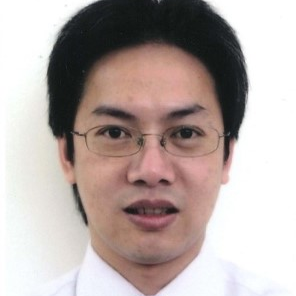Topic Menu
► Topic MenuTopic Editors


Pathogenetic, Diagnostic and Therapeutic Perspectives in Head and Neck Cancer
Topic Information
Dear Colleagues,
Head and neck cancers constitute the sixth most common malignancy in the world. The overall 5-year survival for head and neck cancers is approximately 50%; this statistic has not changed much in the past few decades. Despite current advances in surgery and other treatment options, the fatality of head and neck cancers has remained mostly unchanged in years. This Special Issue welcomes research articles and review papers focused on pathogenetic, diagnostic, and therapeutic perspectives in head and neck cancer, from basic translational science studies to clinical research. We are pleased to invite you to our Special Issue on “Pathogenetic, Diagnostic, and Therapeutic Perspectives in Head and Neck Cancer”. We look forward to receiving your contributions.
Prof. Dr. Shun-Fa Yang
Dr. Ming-Hsien Chien
Topic Editors
Keywords
- head and neck cancer
- oral cancer
- biomarkers
- therapeutic target
- genetic aberrations
- molecular pathology
Participating Journals
| Journal Name | Impact Factor | CiteScore | Launched Year | First Decision (median) | APC | |
|---|---|---|---|---|---|---|

Biology
|
4.2 | 4.0 | 2012 | 18.7 Days | CHF 2700 | Submit |

Cancers
|
5.2 | 7.4 | 2009 | 17.9 Days | CHF 2900 | Submit |

Current Oncology
|
2.6 | 2.6 | 1994 | 18 Days | CHF 2200 | Submit |

Diseases
|
3.7 | - | 2013 | 18.8 Days | CHF 1800 | Submit |

Journal of Clinical Medicine
|
3.9 | 5.4 | 2012 | 17.9 Days | CHF 2600 | Submit |

Pathogens
|
3.7 | 5.1 | 2012 | 16.4 Days | CHF 2700 | Submit |

MDPI Topics is cooperating with Preprints.org and has built a direct connection between MDPI journals and Preprints.org. Authors are encouraged to enjoy the benefits by posting a preprint at Preprints.org prior to publication:
- Immediately share your ideas ahead of publication and establish your research priority;
- Protect your idea from being stolen with this time-stamped preprint article;
- Enhance the exposure and impact of your research;
- Receive feedback from your peers in advance;
- Have it indexed in Web of Science (Preprint Citation Index), Google Scholar, Crossref, SHARE, PrePubMed, Scilit and Europe PMC.

